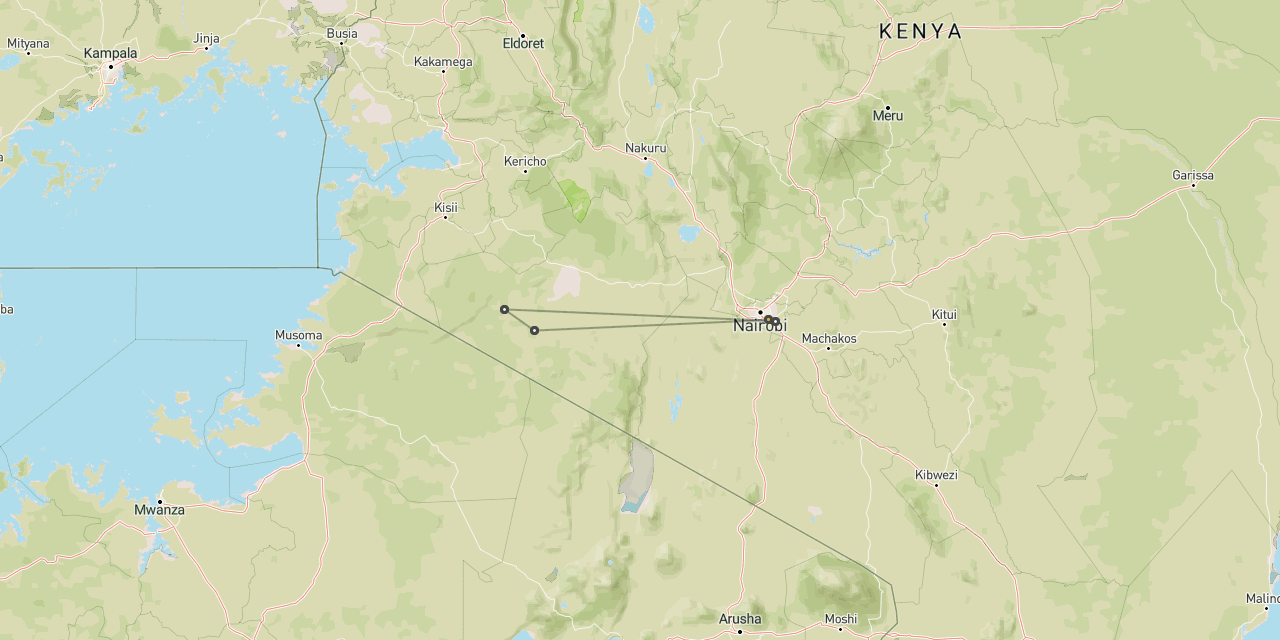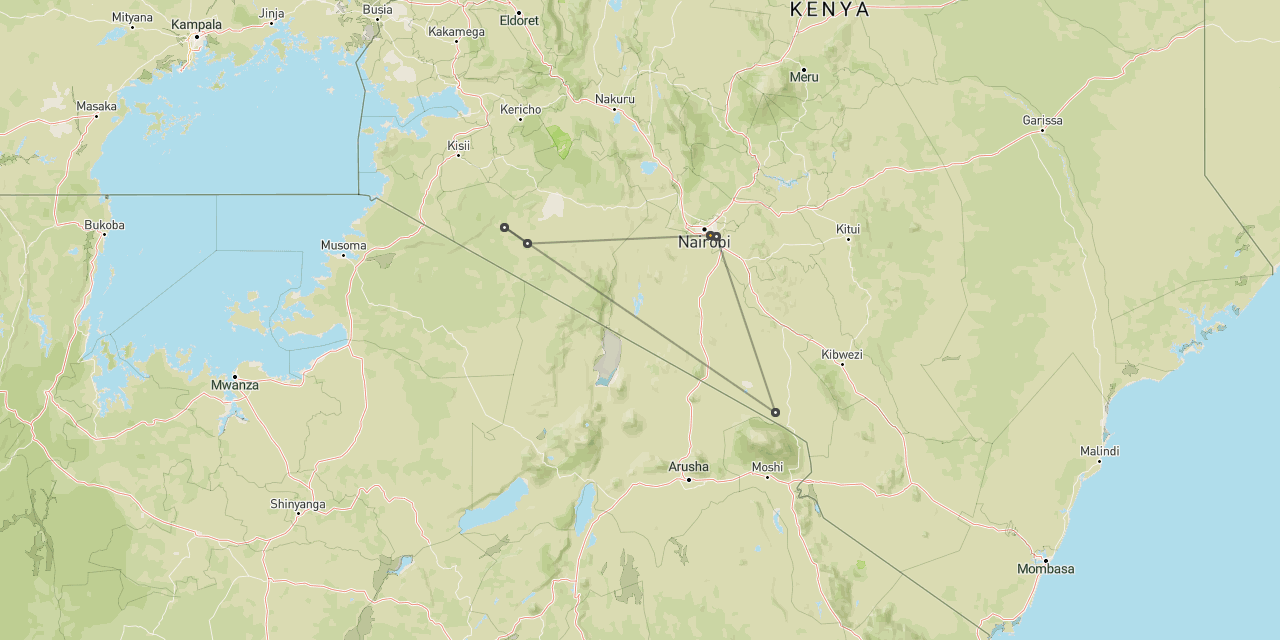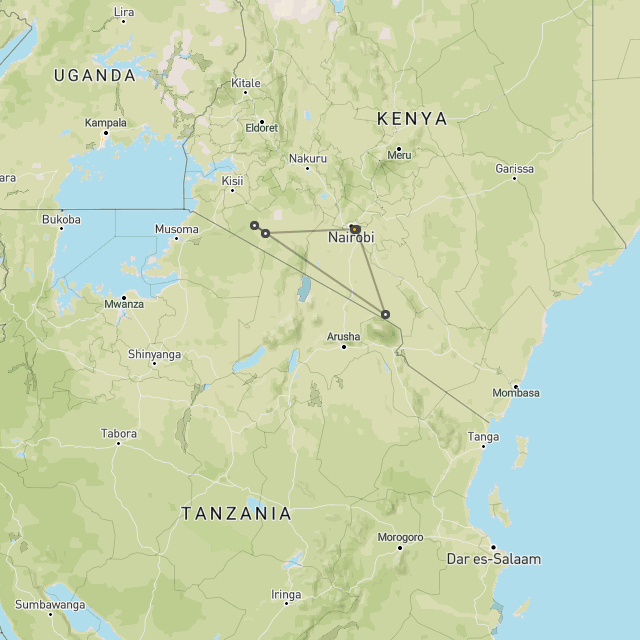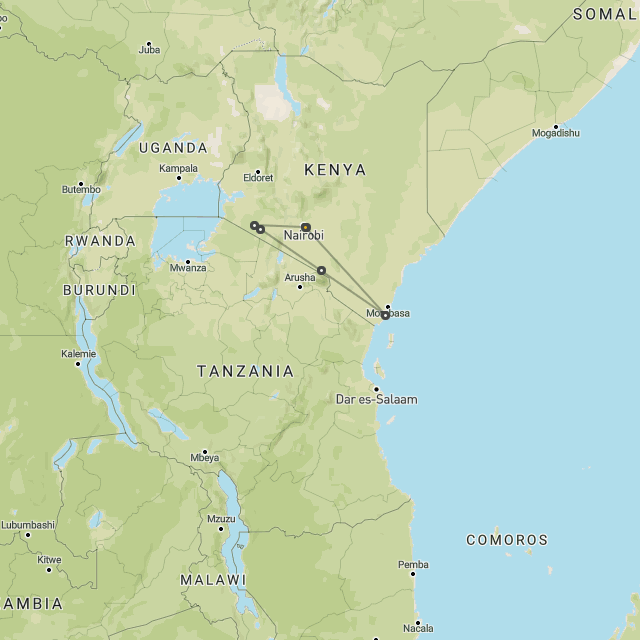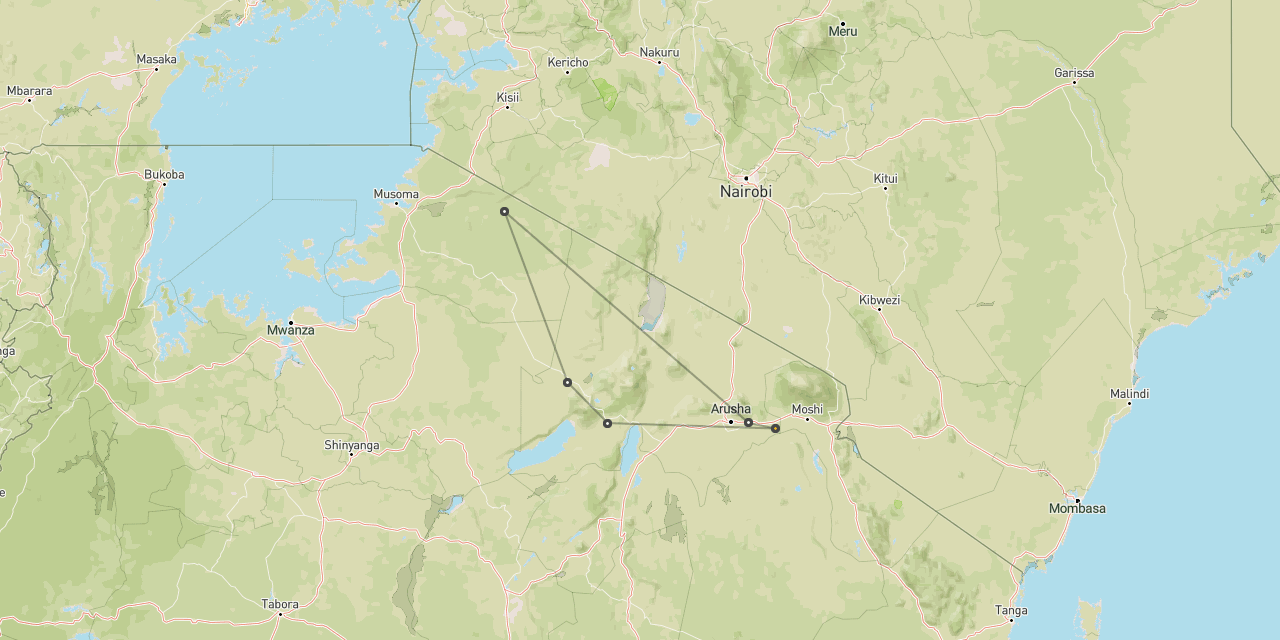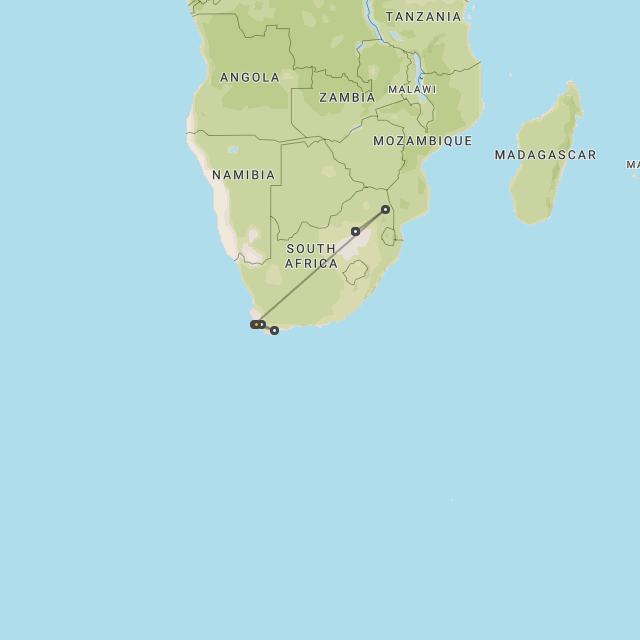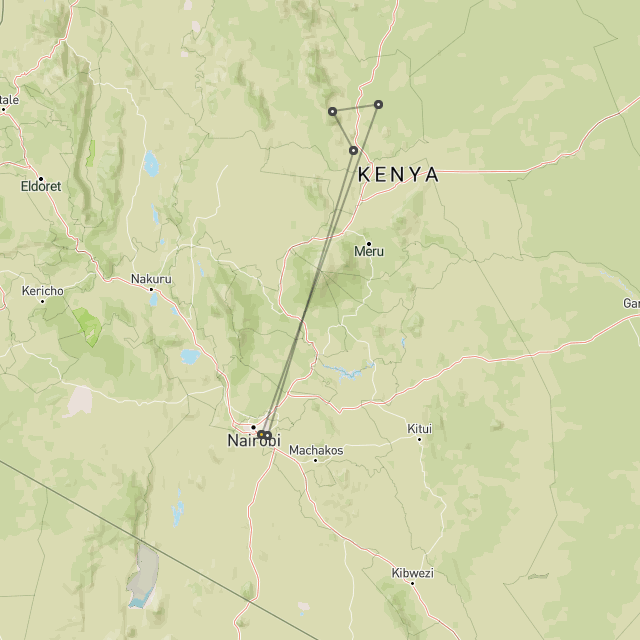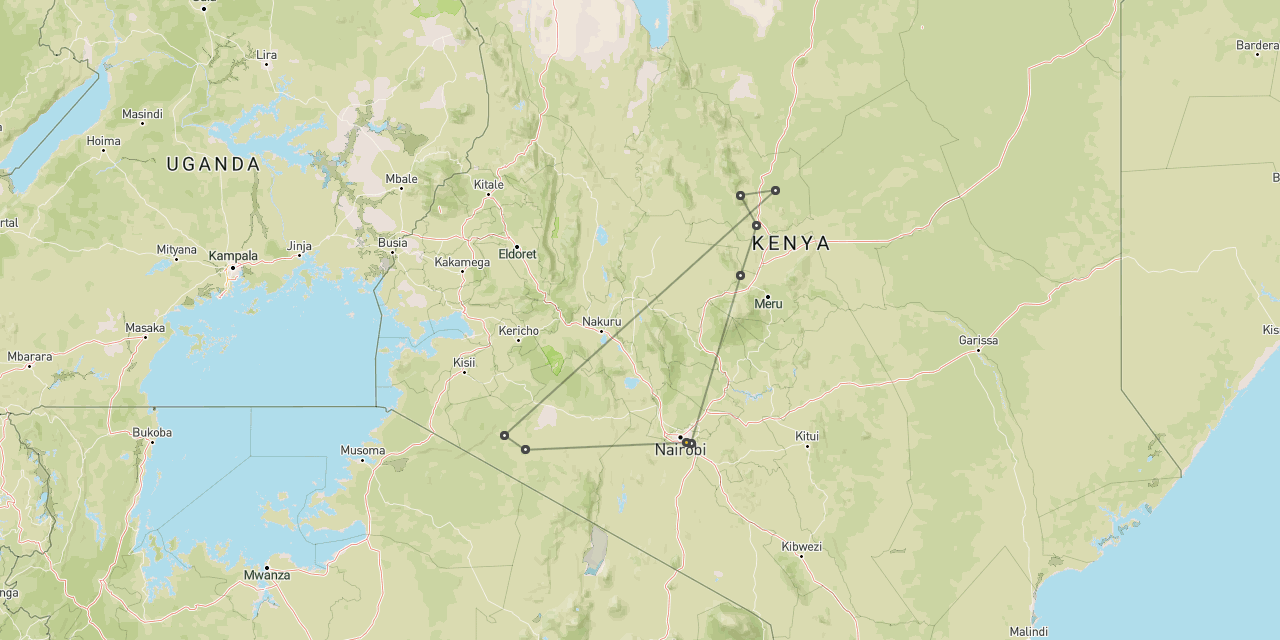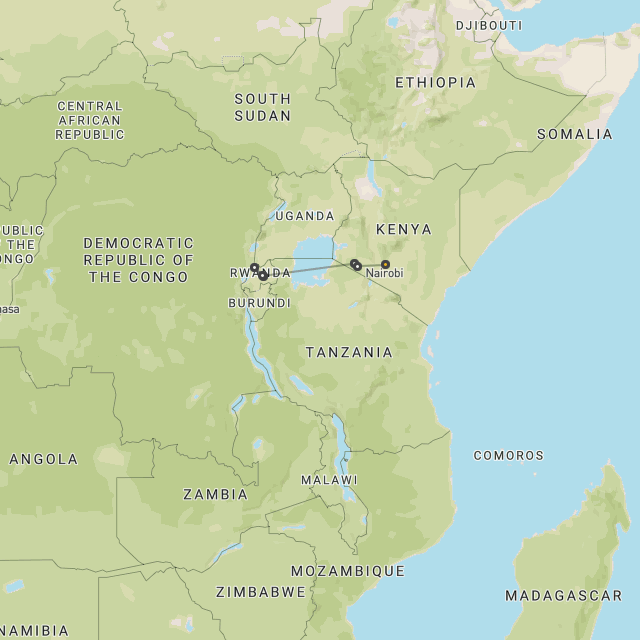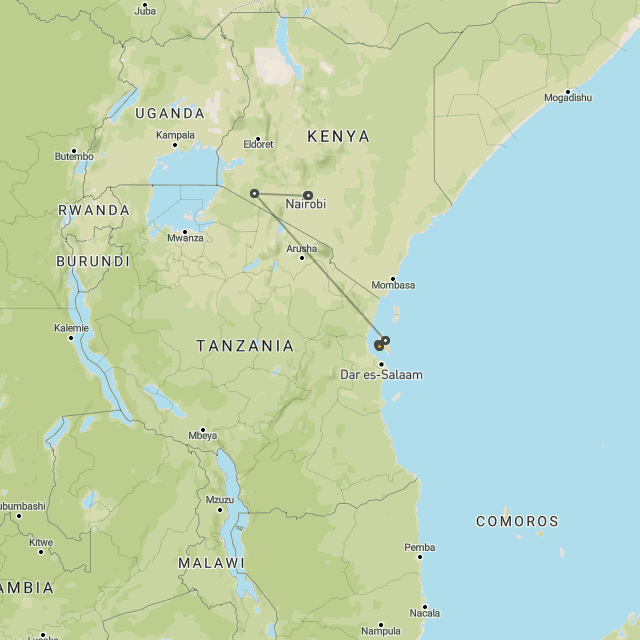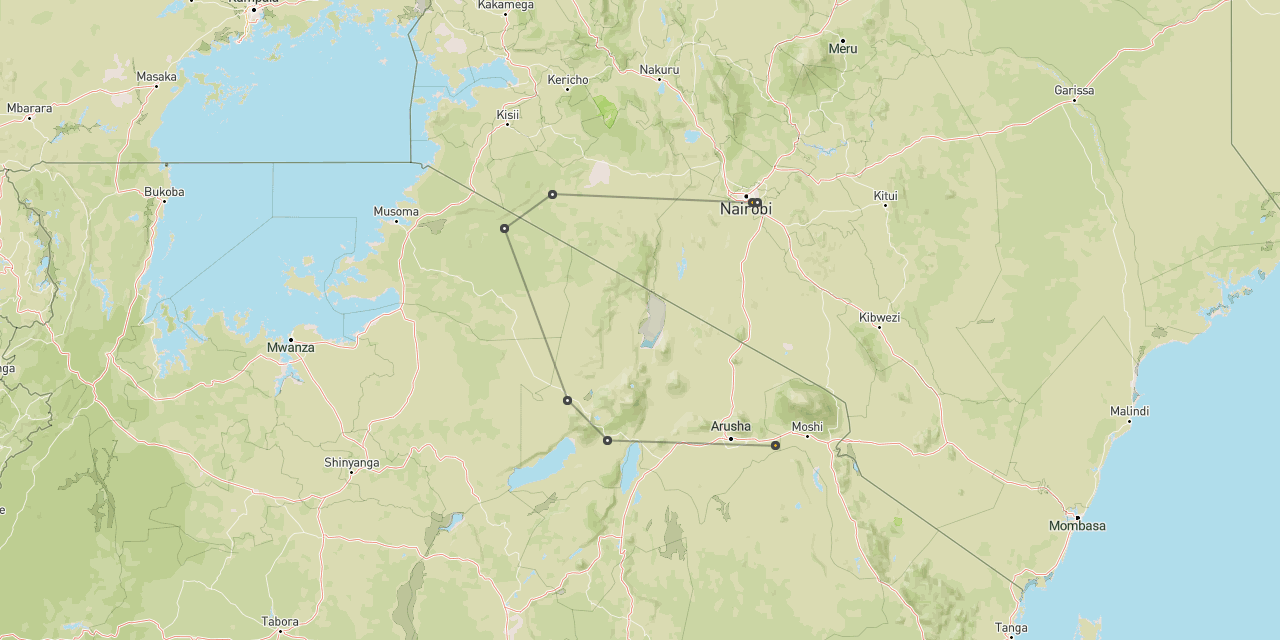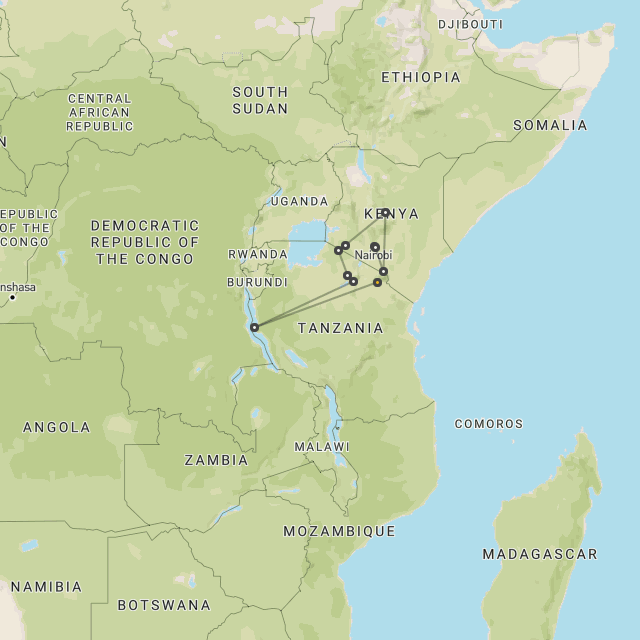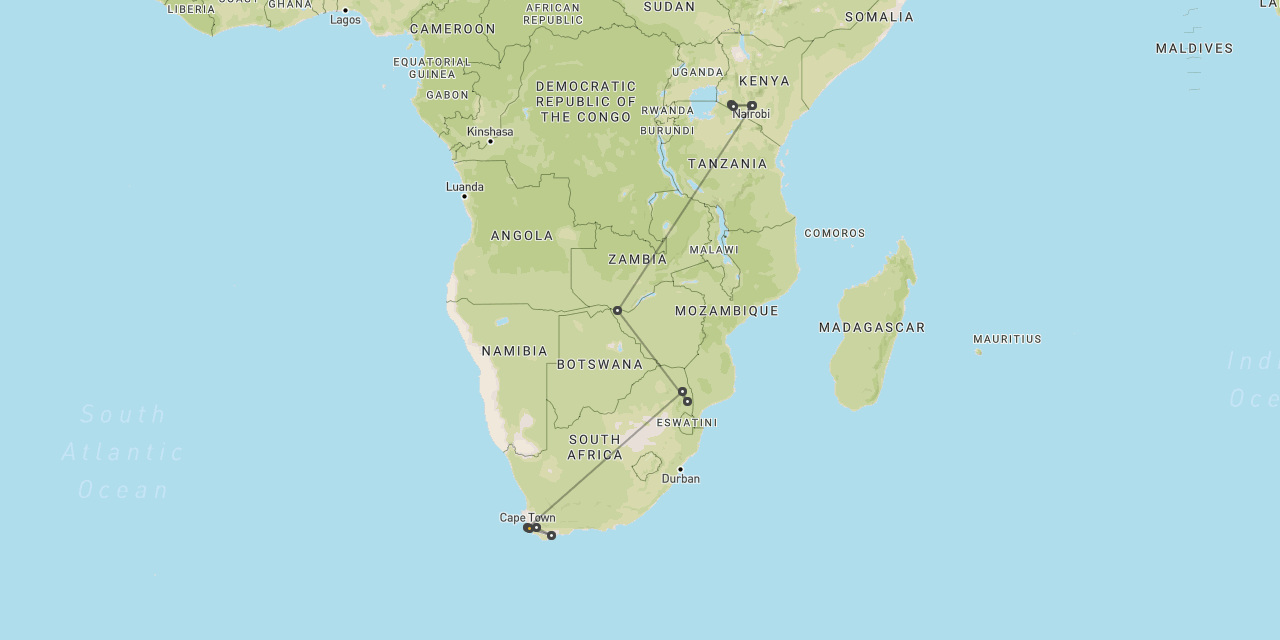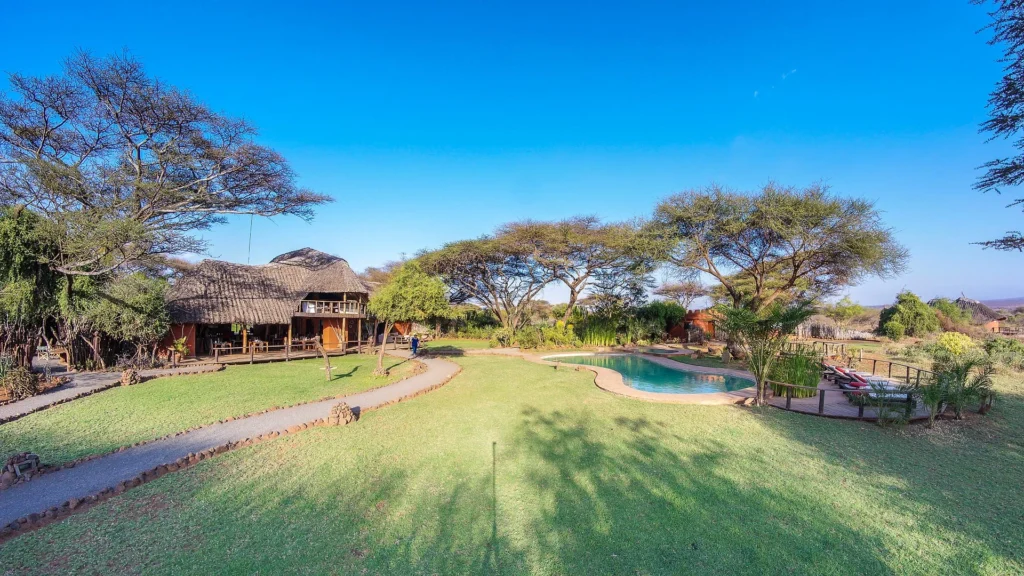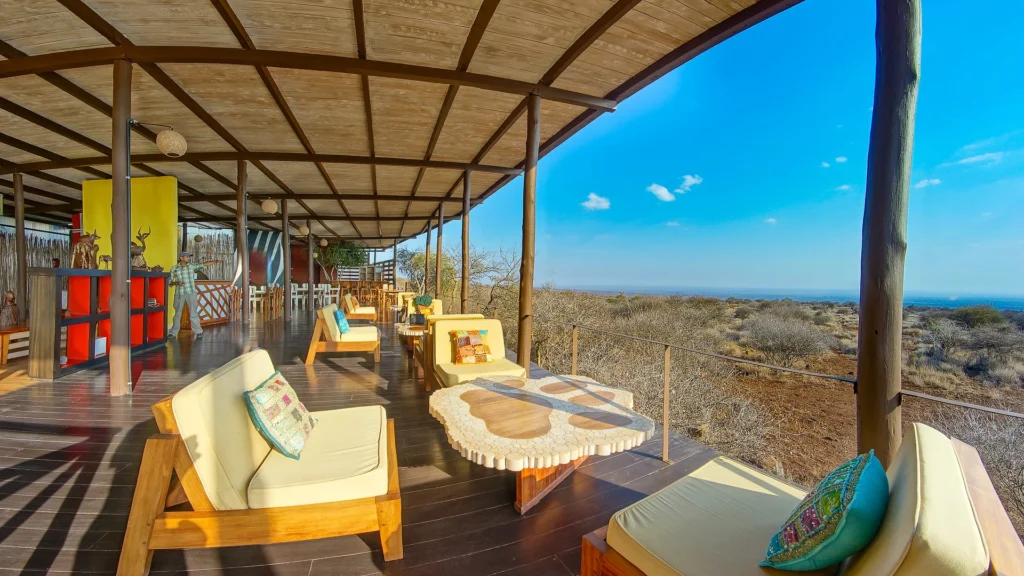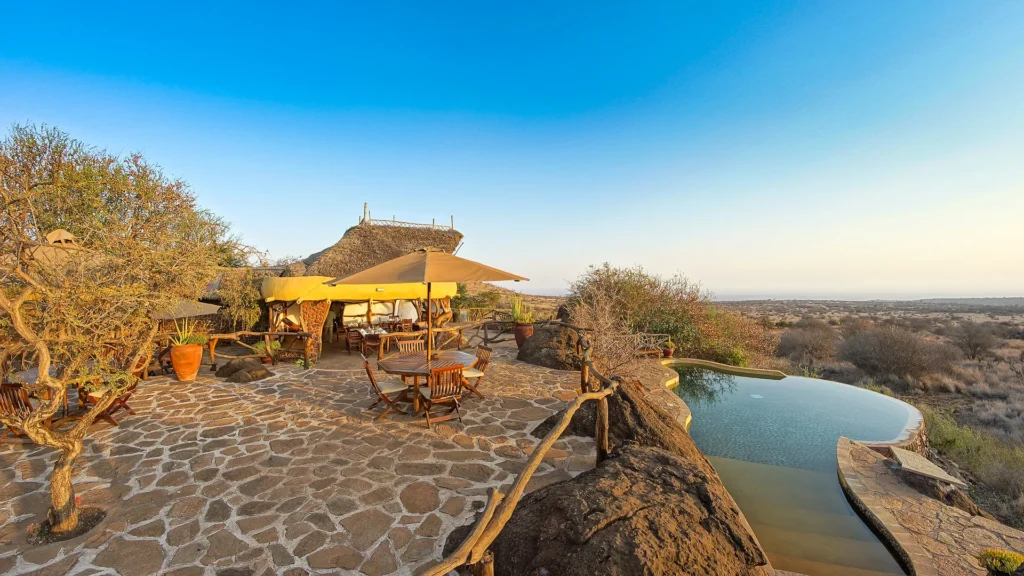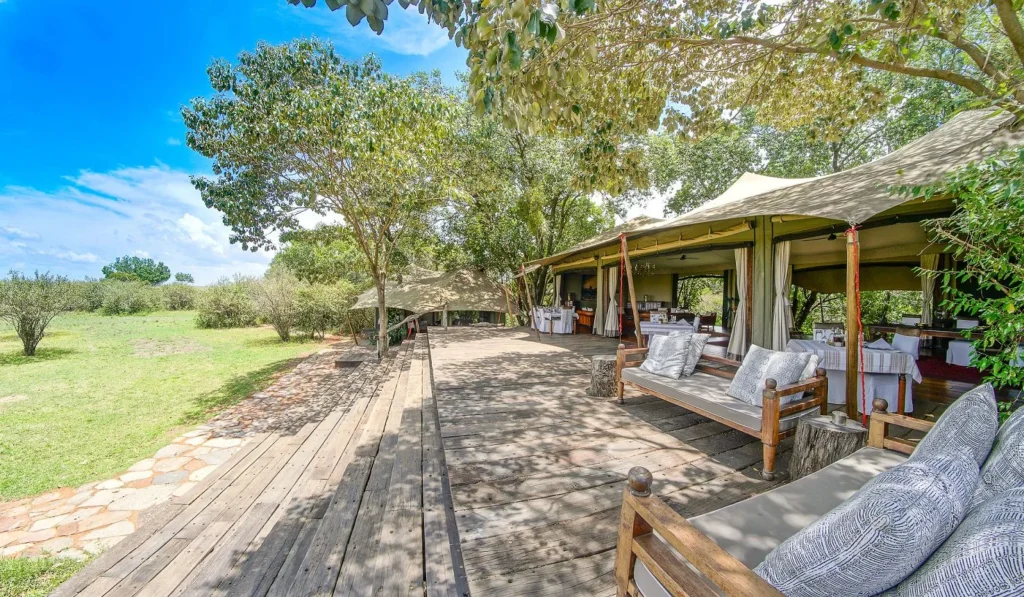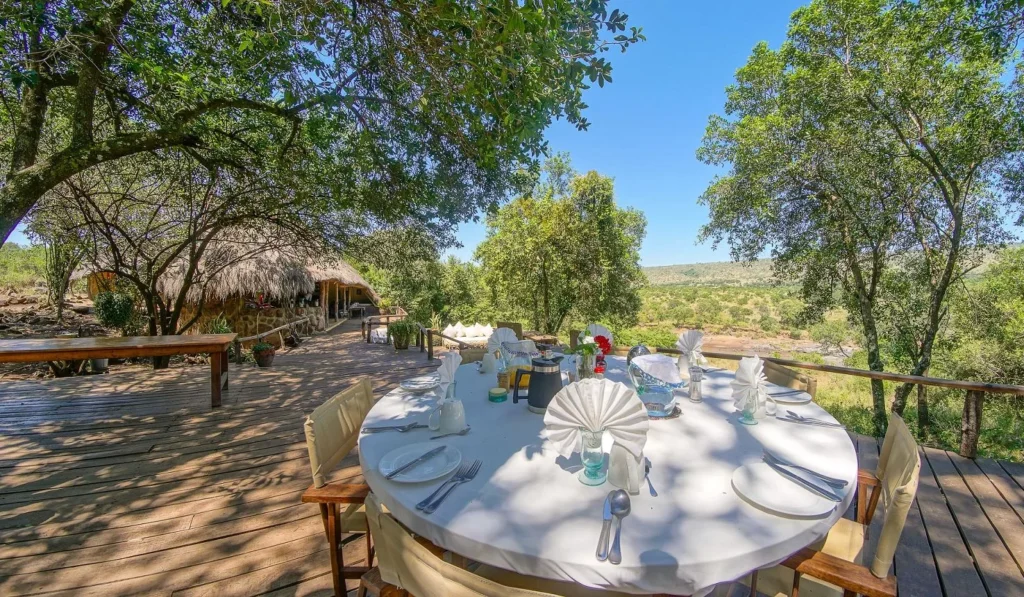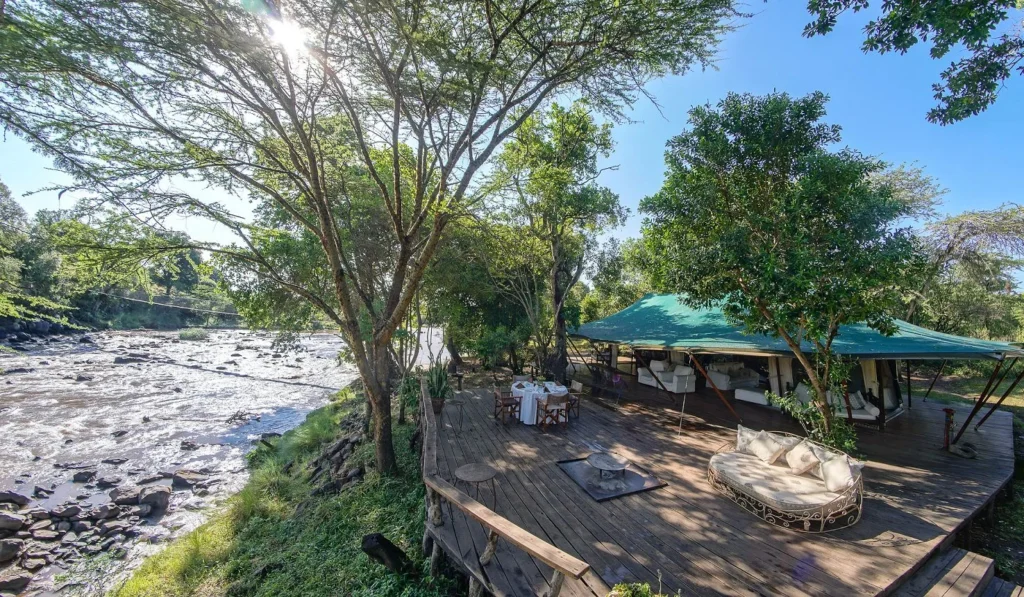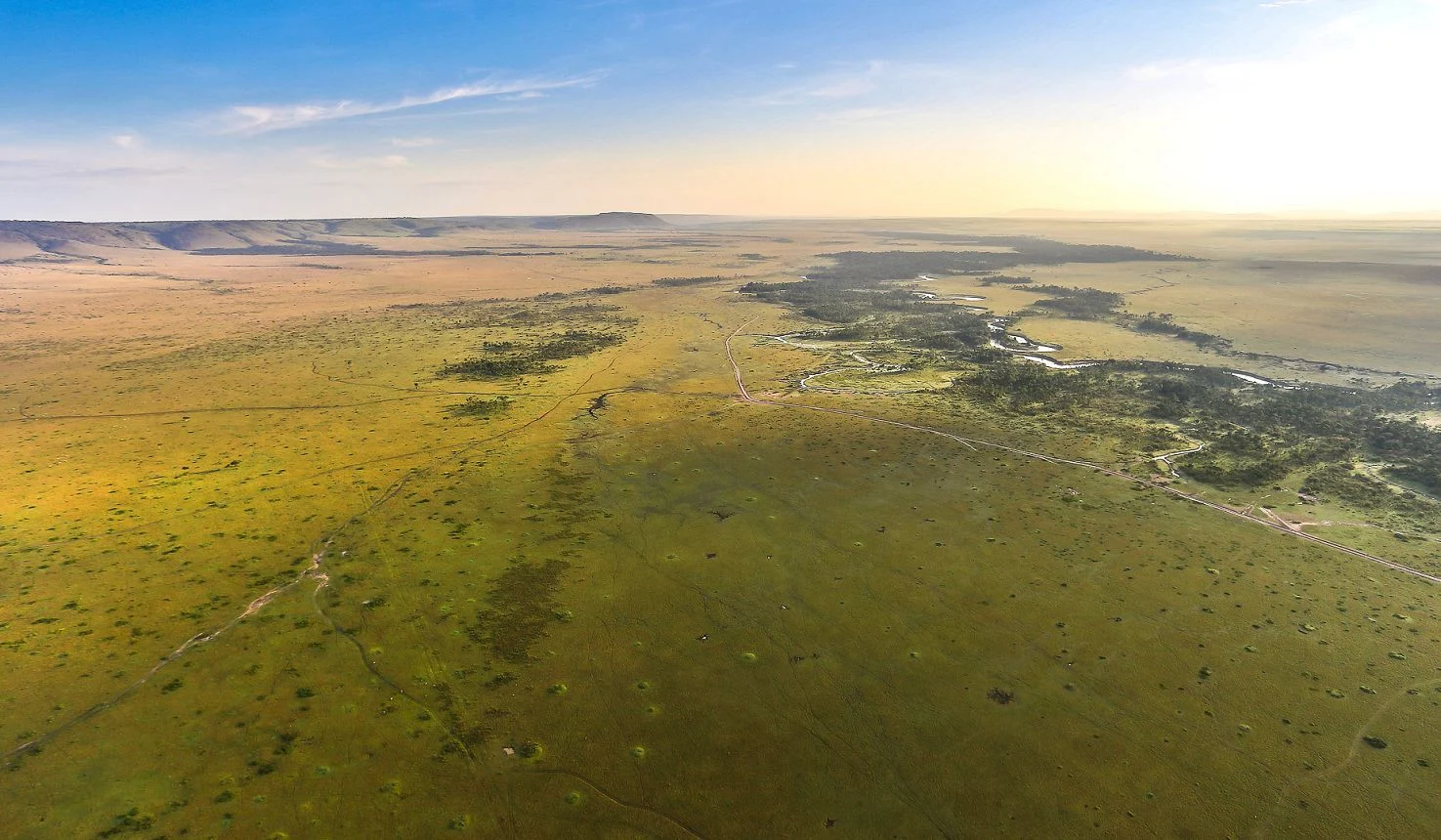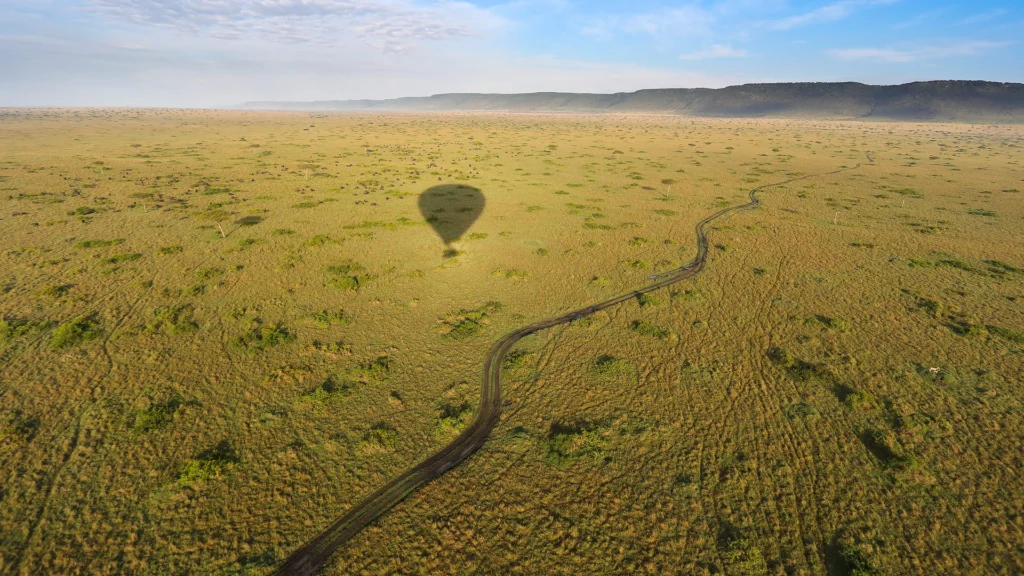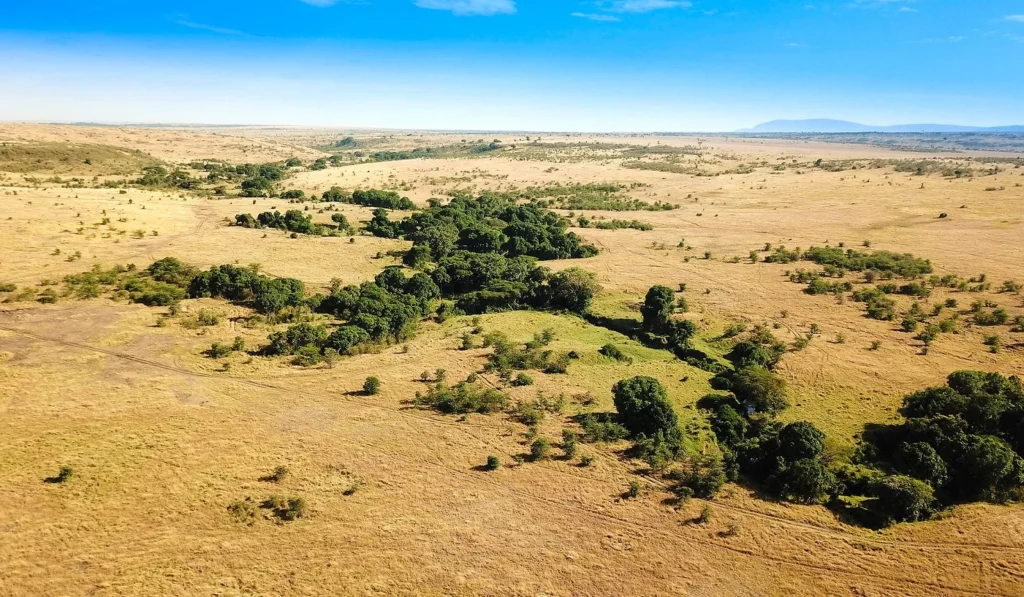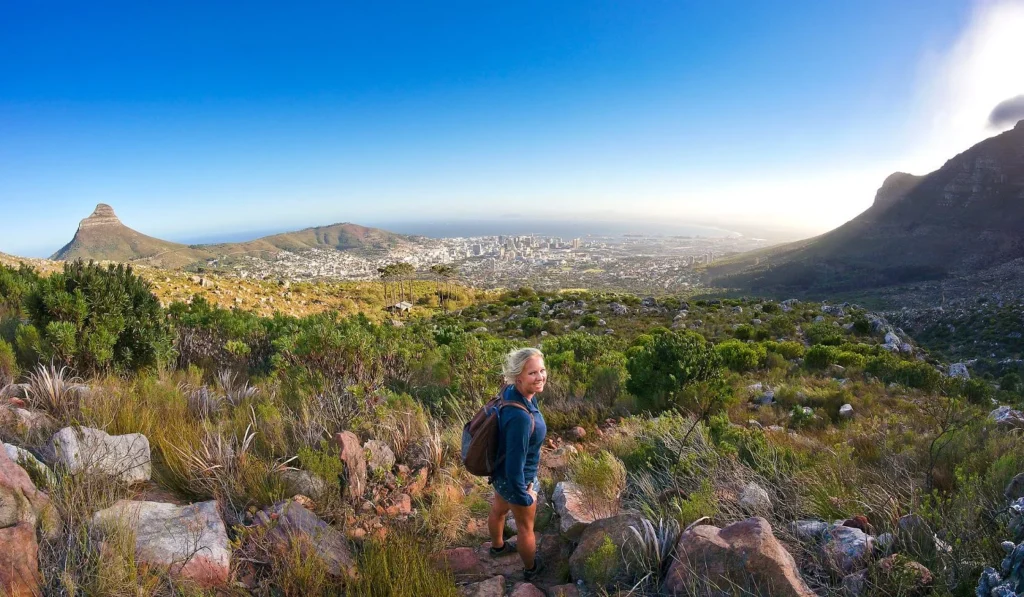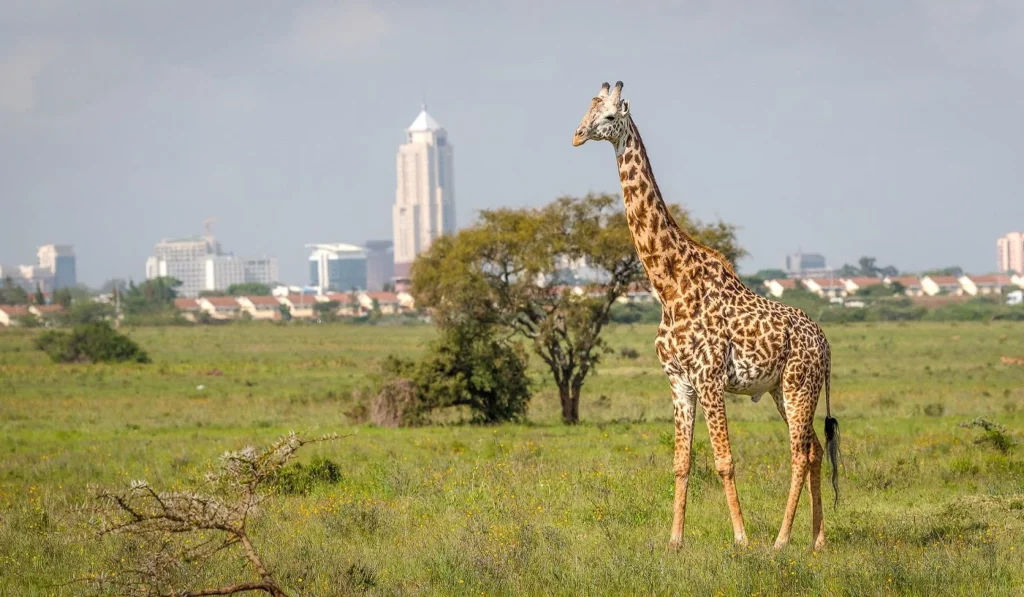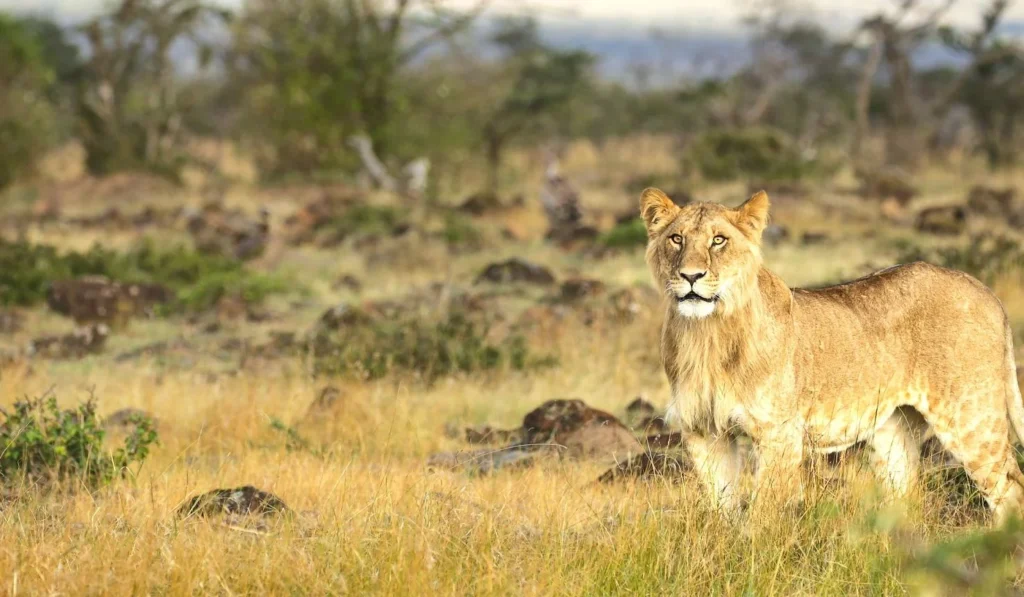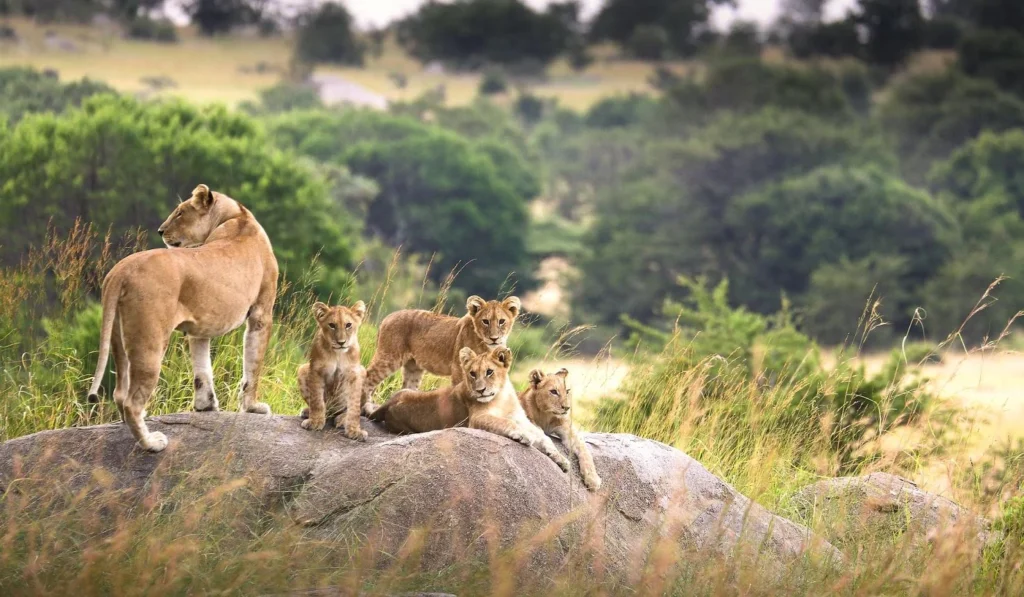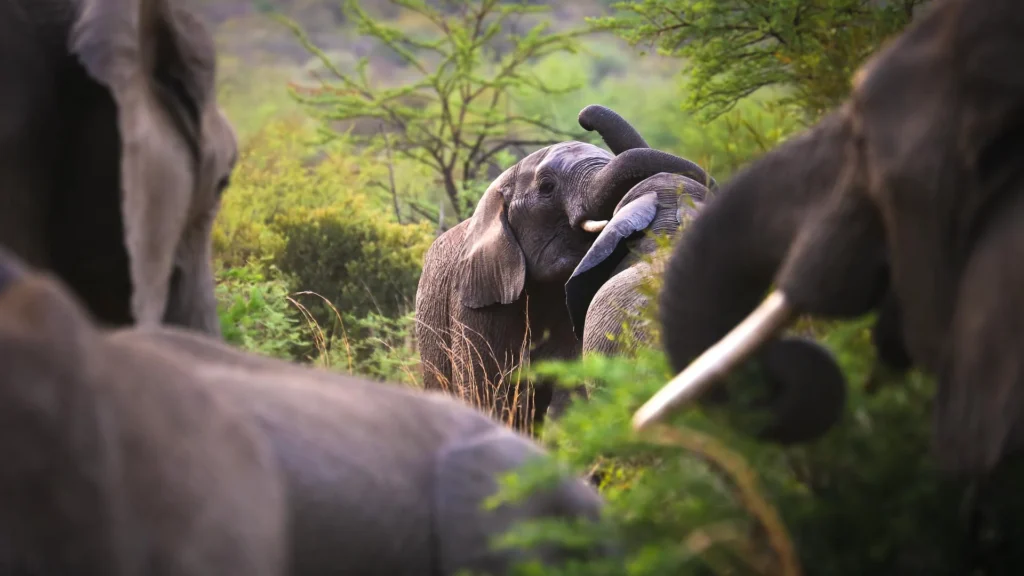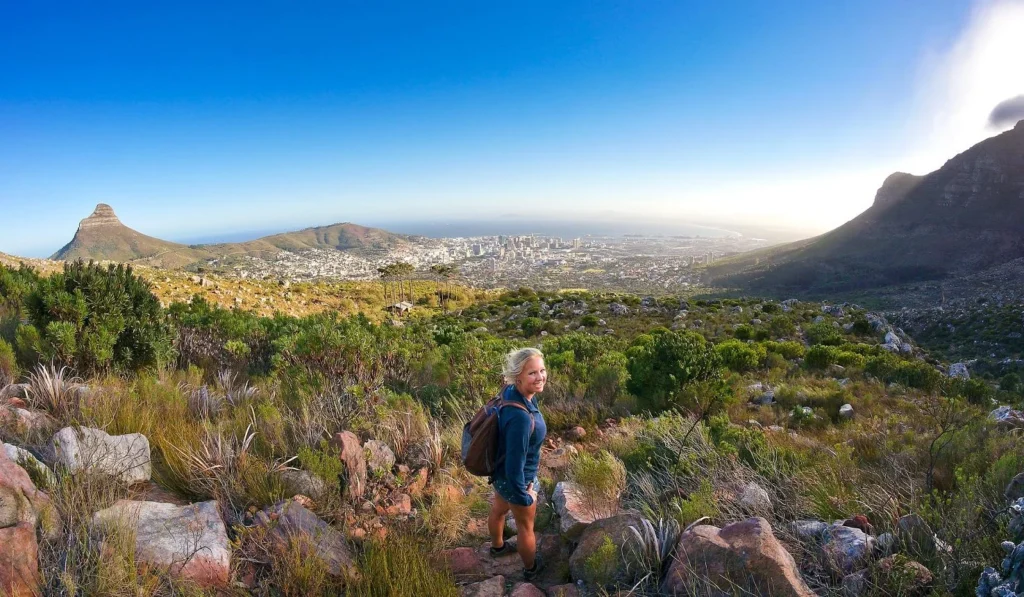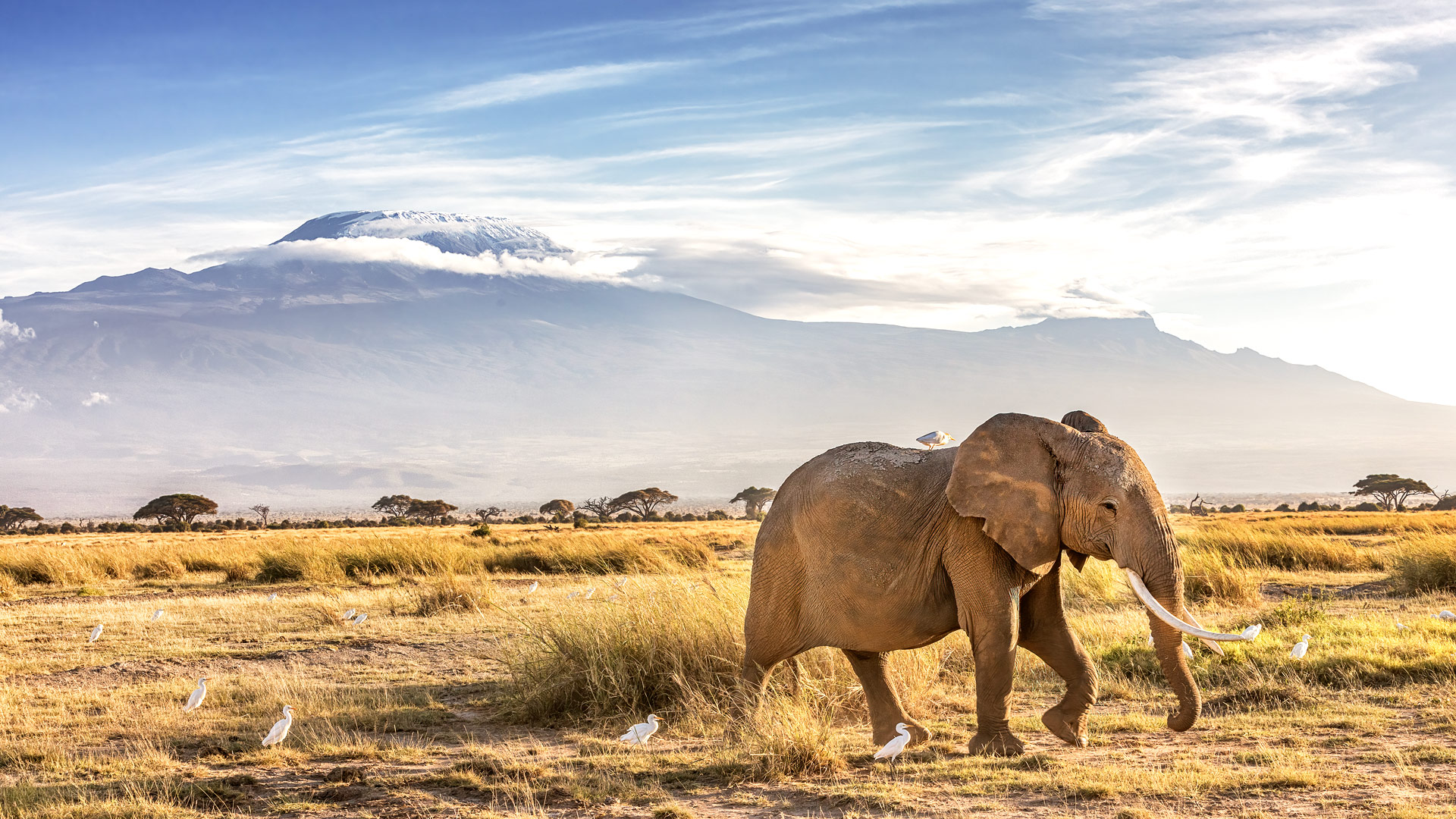
Safari to Amboseli
Amboseli
is an iconic but busy reserve
below Mount Kilimanjaro
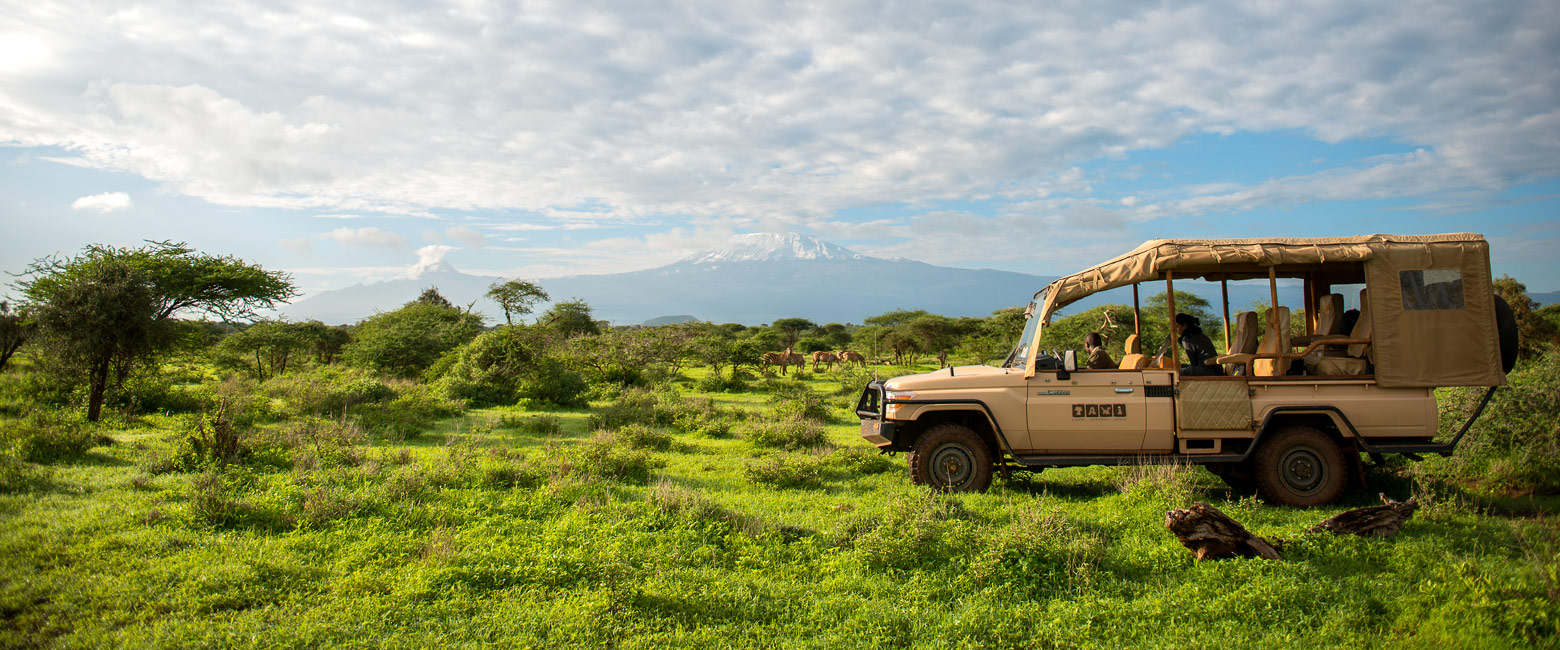
home to some of Africa’s largest tusker elephants
Set 150 km southeast of Nairobi, Amboseli is an iconic national park which is renowned for huge tusker elephants against a backdrop of Mount Kilimanjaro.
Amboseli National Park was created in 1974 to protect the core of a remarkable wildlife ecosystem from the threat of agriculture.
At 392 square kilometres, it’s a relatively small national park, but it lies at the core of a much larger 8000 square kilometre ecosystem which straddles the border between Kenya and Tanzania.
The area is largely comprised of undulating grasslands which sustain good but widely dispersed populations of wildlife during the Dec-May green season.
However during the Jun-Nov dry season these plains become parched and the wildlife is obliged to converge on a network of marshes inside the core national park, which owe their presence to a ring of springs around the lower slopes of Mount Kilimanjaro.
Wildlife viewing in these core areas can be very productive, most notably for elephants, notably including some particularly large male ‘tuskers’.
Other animals commonly sighted here include zebras, buffaloes, giraffes and wildebeest.
Predators are surprisingly elusive, with sightings of lions, cheetahs, leopards and even hyenas being quite few and far between, largely due to the pressures put upon them by the indigenous Maasai pastoralists.
There are some interesting projects operational in the area which are seeking to alleviate this human-wildlife conflict, notably Lion Guardians, which empowers local Maasai warriors to protect rather than persecute their wildlife.
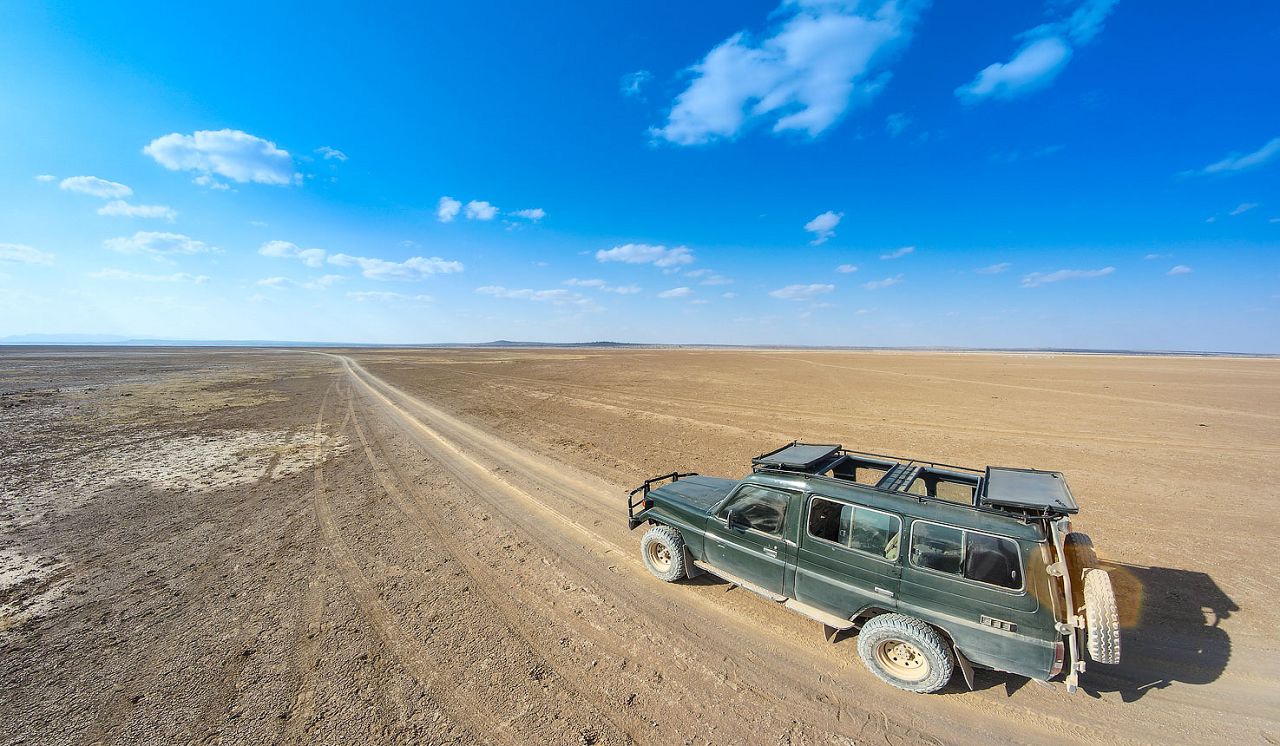
Gallery
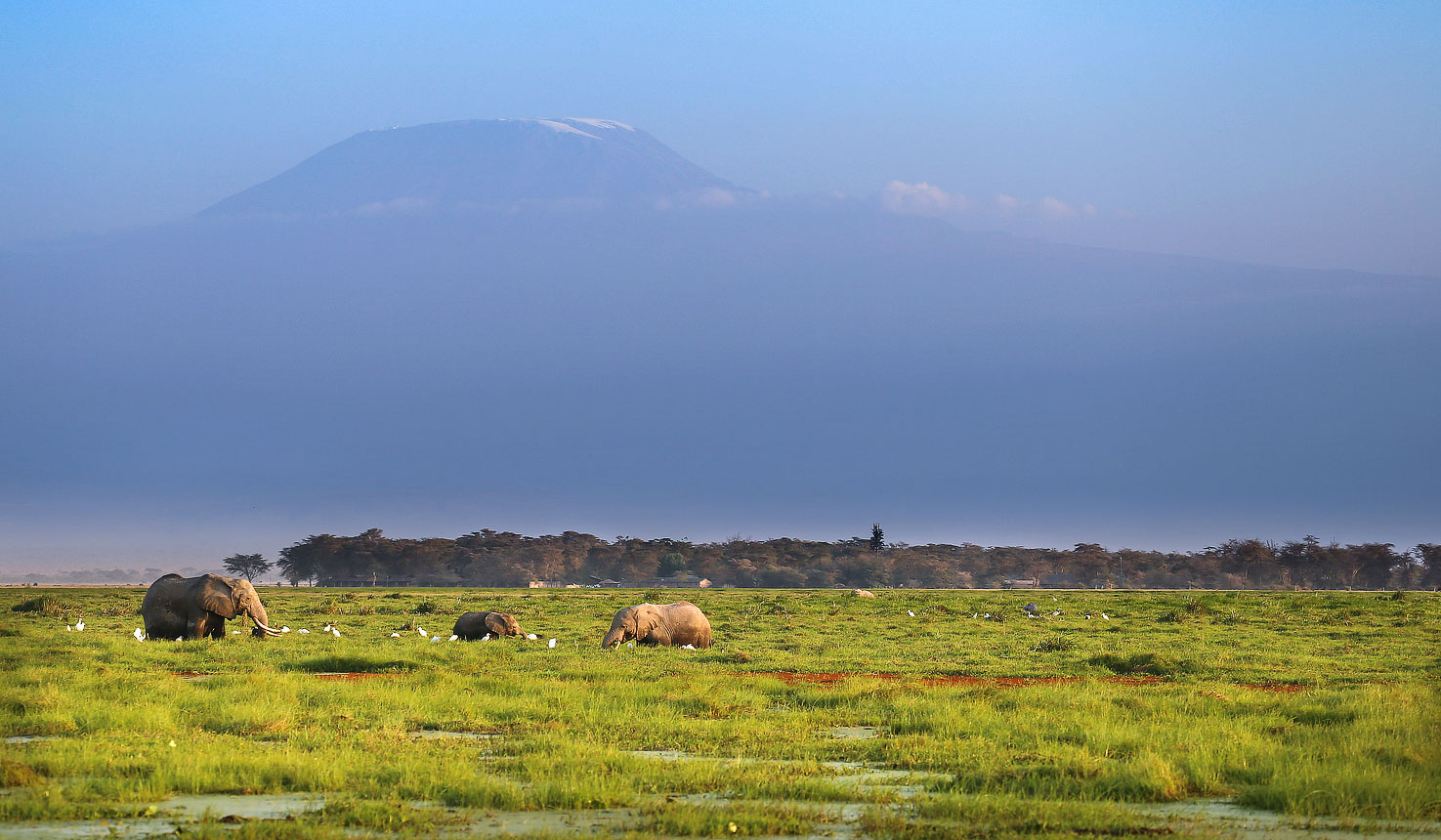
Video
Map
Amboseli tends to feature in trips relatively rarely. Most higher end trips that come into this area tend to head to lodges in the nearby Chyulu Hills, whilst mid-priced trips generally focus their time on the Maasai Mara.
The usual stay duration is 2-3 nights.
Seasonality
Safari in Amboseli is very seasonal. When thinking about seasonality it is important to consider the four aspects of weather, wildlife movements, visitor traffic and prices.
Jul-Nov : Dry season
The dry season in Amboseli is generally considered to be the best time to visit. The weather is warm and sunny, with very little chance of rain.
At this time of year, the surrounding landscapes can become very desiccated, obliging the animals to migrate in towards the central area of springs and marshes. Wildlife viewing can be extremely strong, especially for elephants.
Unfortunately this is also the period when the visitor numbers are at their highest, particularly during the Jul-Sep peak. Prices are at their highest.
Dec-May : Green season
During the green season, rain showers can come at any time, although they are largely focussed on Mar-Apr.
As the seasonal waterholes fill and the grasses grow, the animals are able to disperse across a vast area, making wildlife viewing a lot more challenging. But the bush should be looking lovely, with plenty of wildflowers and baby animals around.
Visitor numbers should be relatively low, apart from the peak Dec-Jan holiday period and around Easter.
Although the prices in Amboseli tend not to vary that much around the year, there may be some better rates available.
Traffic issues
Unfortunately Amboseli rivals Etosha in Namibia for the undesirable privilege of being the worst managed and most disappointing wildlife area in Africa.
The core areas of the park are often overrun with safari traffic, with budget minibuses crowding around the core swamp areas in high season. Unfortunately the landscape is very open and the vehicle traffic is very visible. Furthermore the area contains a number of very large mass-market lodges, two of which are sited in the heart of the core wildlife areas. Additionally the airstrip, roads, fences and other park furniture conspire to further remove any residual sense of wilderness.
So a safari to Amboseli needs to be planned very carefully if it is to deliver sufficient quality. The best way to do this is to stay on one of the private conservancies around the periphery of the main park, where guests are free to undertake vehicle safari, walking safari and cultural interactions without any of these traffic issues. From there it’s possible to carefully raid into the core reserve in ways that should, hopefully, minimise your exposure to vehicle traffic.
Getting there
Amboseli is usually reached by light aircraft, with scheduled services from Nairobi, the Maasai Mara and the Diani area of the southern coast.
It is also possible to drive from Nairobi down to Amboseli, optionally continuing east into the Chyulu Hills and Tsavo areas. Road connections to the Maasai Mara are more difficult, whilst the route across the border into Tanzania and then along the back roads to Lake Natron is superb.
the area suffers from severe vehicle congestion
let us know your thoughts about Kenya
and we will help you create the perfect safari
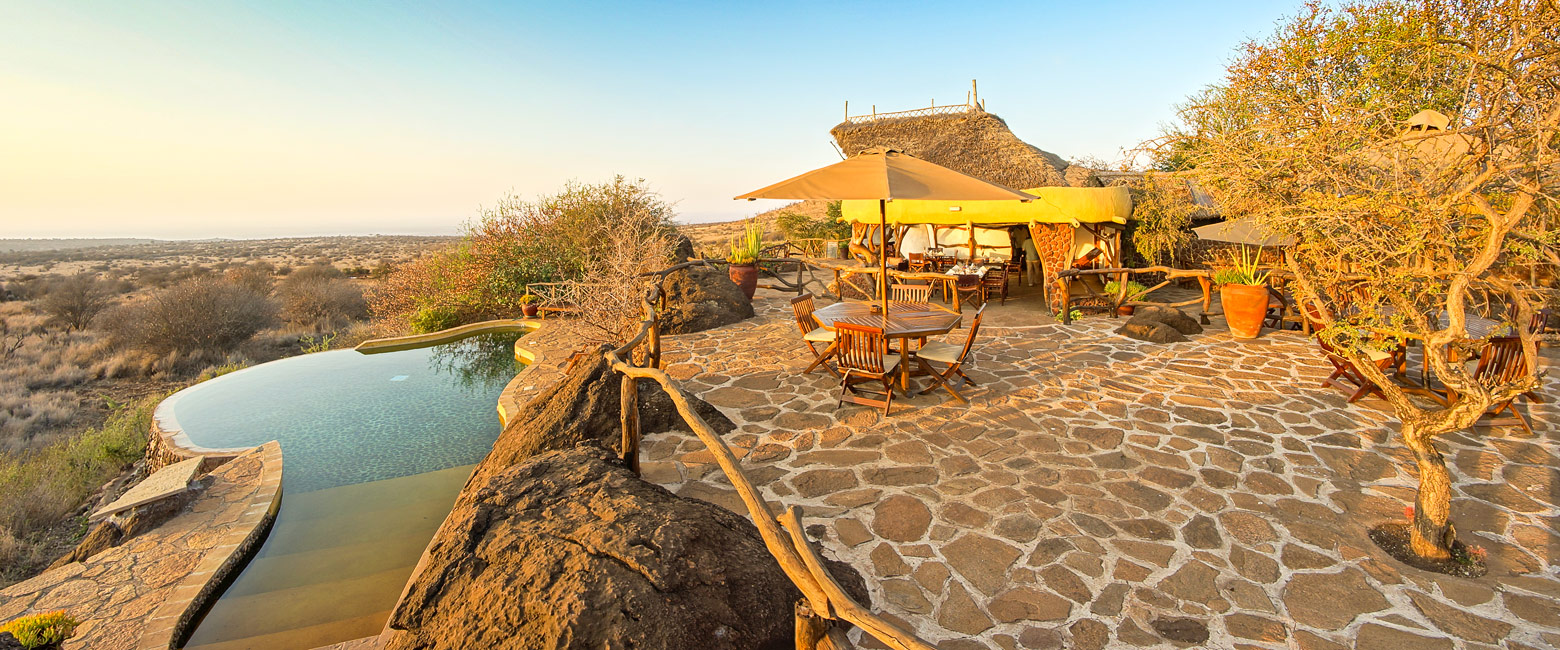
Extraordinary tailor-made adventures,
from earthy and edgy to easy and extravagant
From around USD 2500 per person, you set the ceiling
Sample Trips
Here are some of our popular trip shapes
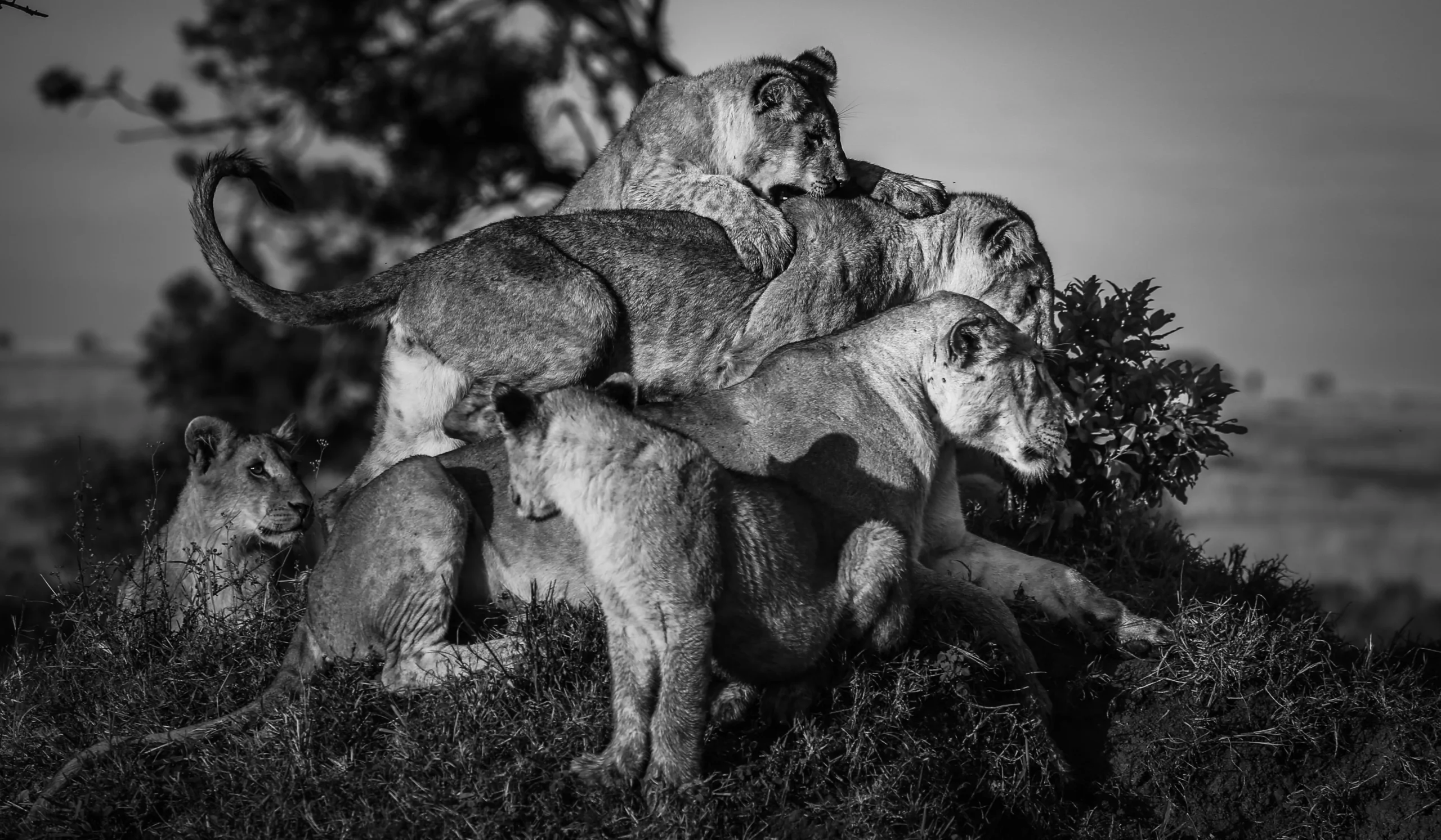
Get started on your trip
It’s never too soon to get in touch, we are here to help with every stage of your planning.
Best Lodges
We regularly inspect and photograph all of the the best lodges, to ensure that we always recommend the most suitable options
Key Locations
Take a look around related locations. Click ‘View more’ to explore locations further afield.















